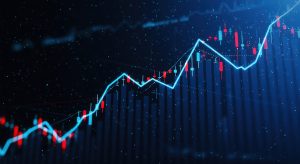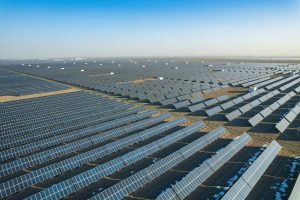Time in vs timing

*Data points below are from Bloomberg
Although impact is a relatively new form of investing it still adheres to the historical financial principles of investment.
As impact investors, we have a long term view. We’re assisted by our investment philosophy which is naturally aligned to delivering the UN’s Sustainable Development Goals (
UN Sustainable Development Goals (UN SDGs)
There’s an adage that claims that your success as an investor is not about timing the market, but time in the market. This means two things. First, the longer your investment time frame, the narrower the range of negative investment outcomes. A Bloomberg analysis explains this point well. Since 1970, investing on a one calendar year time horizon in the MSCI World Index can a vast spread of results, with up to a 70% positive return and as much as a -36% loss*. If we look at rolling 10 year returns though, this narrows to 24% annualised returns in a best-case scenario and only -1% in a worst-case scenario*.
An important fact for investors to remember is that, in the last century, the S&P 500 has recorded a positive return in three out of every four years. While the mathematics is far more complicated, this does mean that on average equity investors should expect to lose money once every four years. The Bank of America has extended this analysis showing that the likelihood of the S&P 500 experiencing a negative return over any five-year period is only 11%, and the likelihood over any 10-year period is only 6%. By extending the rolling study period to 15 years, the likelihood of a negative return drops to 0% 1 .
Another important point to remember is that there’s a significant investment danger of panic selling when the market has undergone a correction. The worst days in the market are often followed by some of the biggest rallies. For example, the bear market rally from June to mid-August 2022, where the MSCI World Index rallied more than 12% on little major news*. Schroders has shown the danger of being out of the market in several pieces of research, concluding that over the last 35 years, if you had missed only the best 10 days in the market over this whole period, your annualised return in the total value of your portfolio may have been
around half what it otherwise would have been had you stayed invested
2
. Simply, it generally pays to stay composed in times of
Volatility
One of the biggest challenges facing investors this year has been that while
Equity
Fixed-coupon bonds
The simultaneous fall in the value of both equities and bonds this year has seen countless news articles written about the “death of 60/40” (just google it). As we’ve consistently maintained, Tribe’s portfolios have sought to protect value by minimising exposure to both equities and bonds in the search for uncorrelated alternatives assets (such as
Microfinance
Forestry
However, our growing conviction is that, given the steep sell off in bonds this year, bonds are now starting to look attractive again, meaning the 60/40 portfolio is, once again, relevant. For example, investors can now buy risk-free 10 Year US Treasuries yielding above 4%, compared to only 1.5% at the beginning of January*. While these yields can continue to rise, we believe any further move will be smaller and indeed a reversal is likely within 12 months as inflation eventually begins to ease if, as we expect, the US enters a recession and the housing and jobs market cools down. The improved outlook for bonds adds to our conviction of the benefits of holding a multi-asset portfolio in this environment.
There remains a great deal of uncertainty in the market today. The uncertain future path of inflation on the value of equities and bonds are just part of this. Growing economic nationalism and reduced globalisation are inflationary factors that we’re seeing in many economies. The response to the climate and nature crises are also likely to lead to higher costs of doing business, as companies respond to the need to manage their carbon footprints more assertively. Long term planning, coupled with shorter term adjustments, for future-fitness is the name of the game across industries at the moment. At Tribe we’re particularly attuned to these challenges, that further reinforce our strong belief that the role of investors is to invest for the long term and for success. How? By not trying to time the market and diversifying by
Asset class
Note: past performance is not a reliable indicator of future performance.




